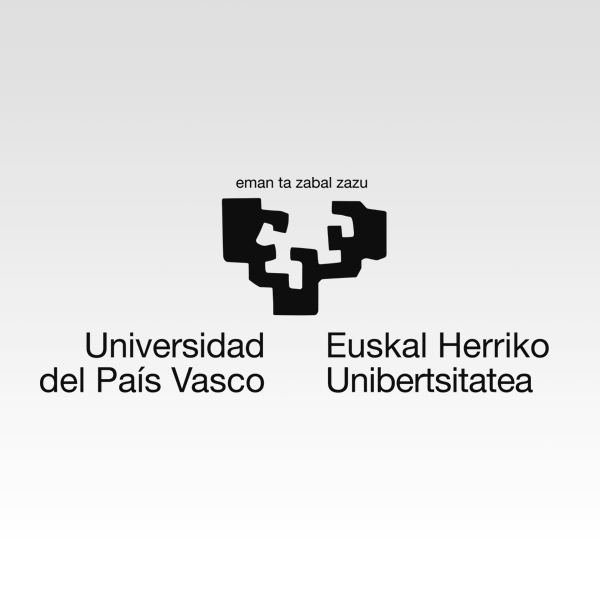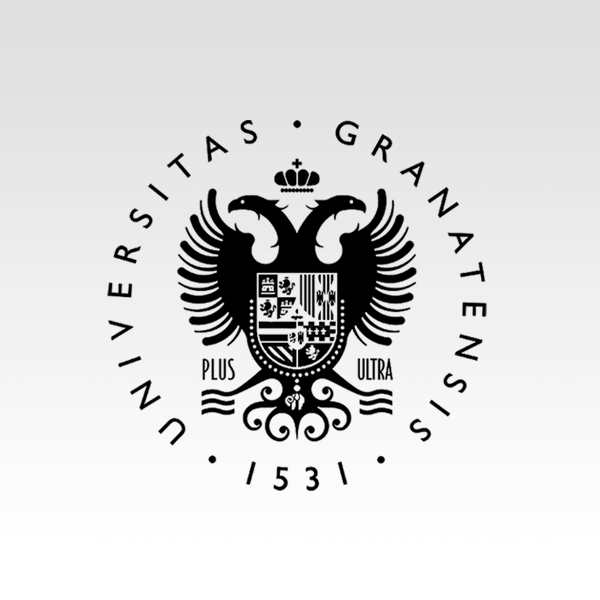A project so that those
who do not have a voice
can communicate.

What is ReSSInt Project?
ReSSInt aims to investigate the use of silent speech interfaces to restore communication in people who have been deprived of the ability to speak. Silent speech interfaces are devices that capture non-acoustic biological signals generated during the speech production process and use them to predict the desired message.
Although SSI interfaces have been investigated mainly in the context of speech recognition —Silent-Speech-to-Text— , this project focuses on direct speech synthesis techniques, thus directly generating the speech waveform corresponding to your departure.
What biological signals are we going to investigate?
In this project, two types of biological signals will be investigated:
Subproject 1 (SP1)
Electromyographic signals produced by the speech
production apparatus will be captured and processed.
Subproject 2 (SP2)
We will address the field of ECoG electrocorticography,
using signals obtained by intracranial electroencephalography.
What speech disorders are going to be addressed?
Patients with total laryngectomy (SP1), whose upper vocal tract (i.e. mouth, tongue, lips, etc.) is intact, but cannot speak normally because their entire larynx (an essential organ for sound production) has been removed surgically as a treatment for laryngeal cancer. These people still retain control over speech articulators, and therefore silent speech data reflecting articulator movements can be captured using EMG.
Neurodegenerative diseases and other traumatic injuries (SP2) that can leave an individual paralyzed and possibly unable to speak. For many of these people, their only means of communication is through limited eye movements and blinking; however, for those with total lockdown syndrome, even this type of communication may not be possible. An SSI-based communication system could provide them with a more effective and efficient way to communicate without the need for a caregiver to initiate a conversation or speak for them. Such technology could dramatically improve the lives of these people, and possibly its potential benefits would outweigh the risks of brain surgery to implant the ECoG electrodes.
Who participates in this project?
ReSSint will be carried out by two research groups located in Spain with a strong collaboration of external researchers.
Both groups will be supported by leading research groups in Europe.

The Aholab group of the University of the Basque Country (UPV/EHU) that has already demonstrated its experience in the field of signal processing and speech synthesis

The group from the University of Granada that is led by a young researcher with a consolidated research experience in the field of silent voice interfaces.